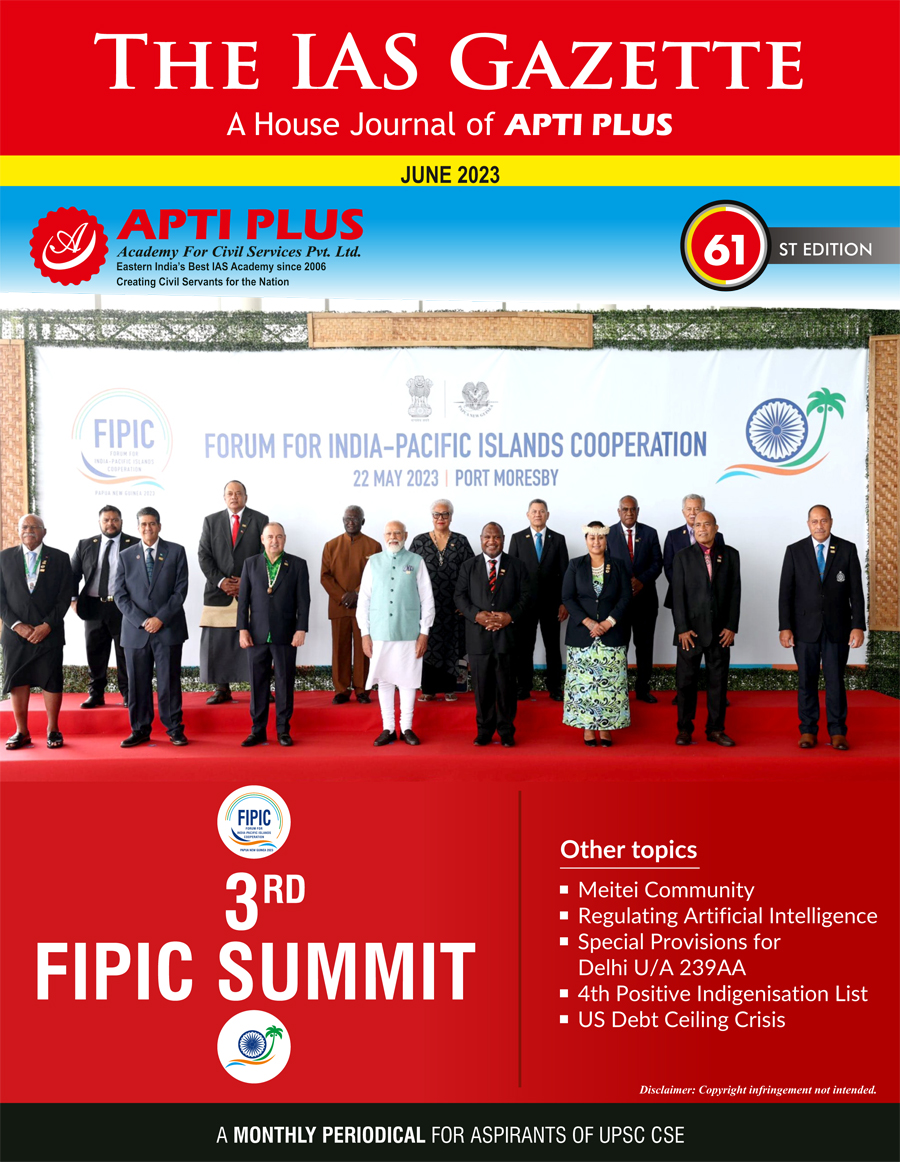Free Courses Sale ends Soon, Get It Now


Free Courses Sale ends Soon, Get It Now


.png)
Disclaimer: Copyright infringement not intended.
Context
What is CPTPP?

What does the CPTPP do?
The rights and obligations under the CPTPP fall into two categories:
Why is the CPTTP so important to the UK?
Limited benefit for the UK
|
PRACTICE QUESTION Q. The Comprehensive and Progressive Agreement for Trans-Pacific Partnership (CPTPP) is seen as a bulwark against China’s dominance in the region. Why is the CPTPP important? Elucidate. |
https://www.independent.co.uk/news/uk/politics/uk-trade-deal-brexit-cptpp-b2375947.html
© 2024 iasgyan. All right reserved